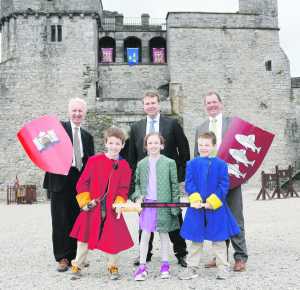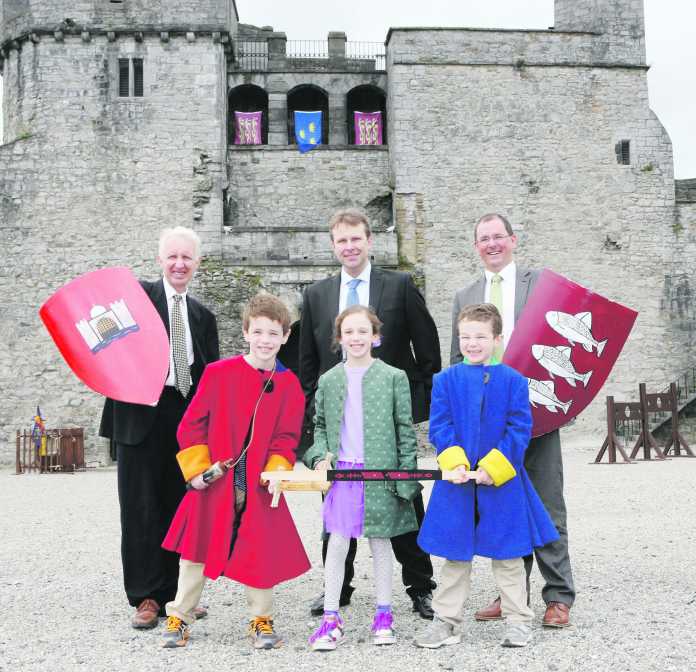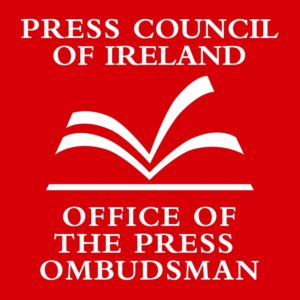
A new book documenting the origins of Limerick reveals how Viking invaders established working communities with the indigenous population.
A Place of Great Consequence explains that when the Vikings arrived in the 10th century, they established a settlement where St Mary’s Cathedral now stands.
They then expanded their community, intermingling and intermarrying with native Irish people, creating a populace which became known as Hiberno-Norse; a mixture of Irish and Scandinavian.
This new expanded settlement spread to the site of St John’s Castle and set in place the foundations for what is now one of Limerick’s main tourist attractions.
However, this cosy alliance wasn’t to last. In the late 12th century, Norman invaders from France broke up these communities and, working upon by the earthen structures set in place by the Hiberno-Norse, constructed and developed the ringwork defences that would eventually lead to the building of the castle itself.
These ringwork defences are on permanent display at King John’s Castle today along with three of the houses from the Hiberno-Norse settlement.
Both were part of a series of excavations carried out by the book’s author, Ken Wiggins, during the nineteen-nineties. Further discoveries during that time included the Great Hall, which was built during the reign of King Edward the First, and a pistol which was used in the Siege of Limerick in 1642. This siege involved Irish Confederate troops storming and taking the Castle from its English occupiers.
Mr Wiggins, a Tyrone native, has worked as an archaeologist for 35 years and has excavated various sites of historical importance around the country. But he readily admits that his time working at King John’s Castle was the highlight of his career.
“It’s definitely been the work in Limerick stands out for me and specifically the castle. I mean the castle is just a fantastic monument, it’s hugely successful with visitors and it’s nice to have been a part of that, to have had a role and a hand in it, in terms of excavating and discovering all this material.”
Describing A Place of Great Consequence as a “reference book” for those wishing to learn more about the monuments on display in the Caste, Mr Wiggins hopes that its publication will lead to further archaeological digs and discoveries throughout the city.





